This post is inspired by the back and forth comments with one of my main blog followers who goes by the name “Zod” and who recently suggested several potential explanations.
Zod wrote: “There are at least 5 theories as why a pole shift happens every dozen millennia (twice a great year):
1 – Although I still think the LaViolette superwave theory is very likely correct, Dr. LaViolette himself does not feel that this is likely to be the primary factor to trigger a major pole shift, and he emphasized this in personal emails to me in October.
2 – Solar event – while the sun could be the primary cause of changes on Earth, I suspect that the sun itself is affected by the galactic field and by the galactic superwave.
3 – Asteroid impact – could cause one pole shift, but could not repeatedly cause them in a predictable cycle. Much too random on timing.
4 – Nemesis or Planet X or Nibiru – I can’t see how a large astronomical body could come so close to us as to alter our magnetic field, yet not destroy our planet completely or knock us out of orbit around the sun – over and over and over in a predictable cycle. Earth would be destroyed by now if our orbit closely crossed paths with such an object more than a few times.
5 – Binary Companion Star – it is very possible that our sun, like many others, has a dark companion a great distance away.
There could be complex electromagnetic fields as the two stars experience aphelion and perihelion and these could affect the sun, and then the Earth, much the same way as a galactic superwave could have a periodic effect.
#1 and #5 could both explain periodicity, but we can observe galactic superwaves in other spiral galaxies like Andromeda, so I am still leaning towards #1. However, should the Earth clearly show a huge rise is earthquakes, volcanoes, and other Earth changes prior to a pole shift, then a gradually increasing cause like the nearest approach of a companion star might make more sense than a sudden event like the arrival of a cosmic energy wave.
6 – Yes there should be a #6 because many suggest a terrestrial cause of pole shifts – that irregularities and eddy currents in the flow of liquid magma deep within the Earth periodically cause a polarity reversal on the surface, and that this might – by itself – lead to a crustal displacement – a rotational pole shift that moves at least the surface of the planet over the core, if not the entire body of the planet.
7 – Yes there should be a theory #7 because many (including Hapgood, Brown, Einstein, etc. have considered the possibility that the main cause of pole shifts is the imbalanced accumulation of ice on the surface of the crust, not symmetrically centered on the rotational pole. Such mass imbalances are believed to have caused pole shifts on other heavenly bodies like Mars and Europa, but calculations seem to indicate that ice imbalances, while a contributing factor, are insufficient to cause a pole shift on their own.
8 – Earth’s diminishing magnetic field. The imbalanced mass of the ice cap in Antarctica, not perfectly centered on the rotational pole, exerts significant torque on the crust. I assume that nothing has happened recently because the friction between layers
more than overcomes the centripetal tangential force exerted on the crust. However, the Earth’s magnetic field is weakening, and Hannes Alfven’s theory of magnetohydrodynamics explains why viscosity in liquids affected by a magnetic field
(like mercury, or magma) suggests they would at some critical point experience a sudden collapse in viscosity and friction once the magnetic field weakens sufficiently. I assume that a large and not-centered/imbalanced ice cap mass plus a declining terrestrial magnetic field plus the arrival of the gravity wave component of a galactic superwave could trigger a full scale (30 degree or more) crustal displacement/pole shift.
Bottom Line: The causes of a POLE SHIFT might be complicated. But the evidence that they have been happening in a periodic cycle is well documented.
* The cycle in and out of the galactic plane is on a half-cycle of approximately 33 million years and would not explain pole shifts. We just crossed about 3 million years ago.” A lot of hype about “crossing the galactic plane” was promoted for 2012 and is still discussed today but we are nowhere close to the galactic plane (it will be another 30 million years before we cross it again) or to any potential change in polarity that might be caused by crossing it.



1) LaViolette superwave: An energy wave emanating from the galactic core (tens of thousands of light years away) decreases mantle/crust viscosity permitting crustal rebalancing.
2) Solar event: A major solar outburst/solar flare/major plasma impact, with as yet unknown causation for pole shift.
3) Asteroid impact: Earth passes through a mega asteroid belt, where there is an ample supply of large asteroids, such that tangential collision causes crustal shift.
4) Zeta/Nemesis: A large planet/dead star eccentrically orbits The Sun such that it passes just close enough to the Earth to magnetically tip it over.
5) Barycentric Sun/Sirius orbit – Earth consequently oscillates above and below galactic plane, moving between toroidal flux lines of the galactic magnetic field, consequently moving into an oppositely polarised magnetic field, whereupon it will eventually, suddenly flip 180°, with concomitant crustal shift.
Only the last theory provides an explanation for the accelerating migration of measured magnetic north, i.e. as Earth further enters an opposing field, so the direction of the magnetic north that we measure appears to drift from geographic north and Earth’s internal magnetic north.
On the surface we cannot detect an external, celestial magnetic field, and its relative strength and alignment as compared to Earth’s. Many will have assumed that the magnetic field we measure is 100% terrestrial.
The last theory is also the only one that may explain an increase in seismic/volcanic/climatic abnormalities prior to a pole shift, e.g. due to antagonism between opposing celestial and terrestrial magnetic fields.
All five theories indicate an abrupt pole shift, but only the fifth can explain any possibility of a gradual build-up of anything beforehand, not least the accelerating drift of magnetic north.
So, either there is no gradual build up of anything (magnetic north drift is purely coincidental), and one of the first four theories is more likely, or it is the converse.
It would seem that there are already many signs that the Earth is getting close to a POLE SHIFT. My responses included: